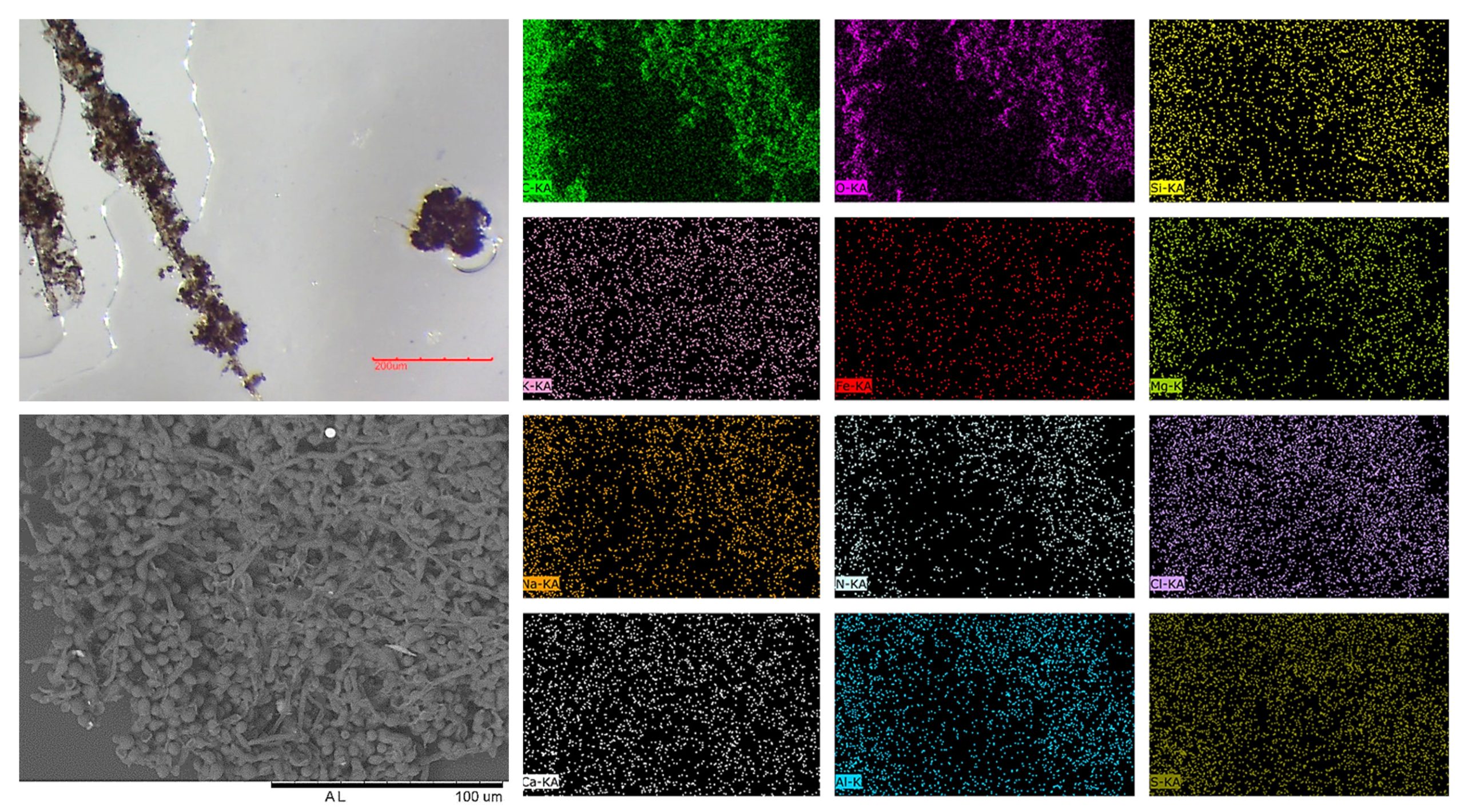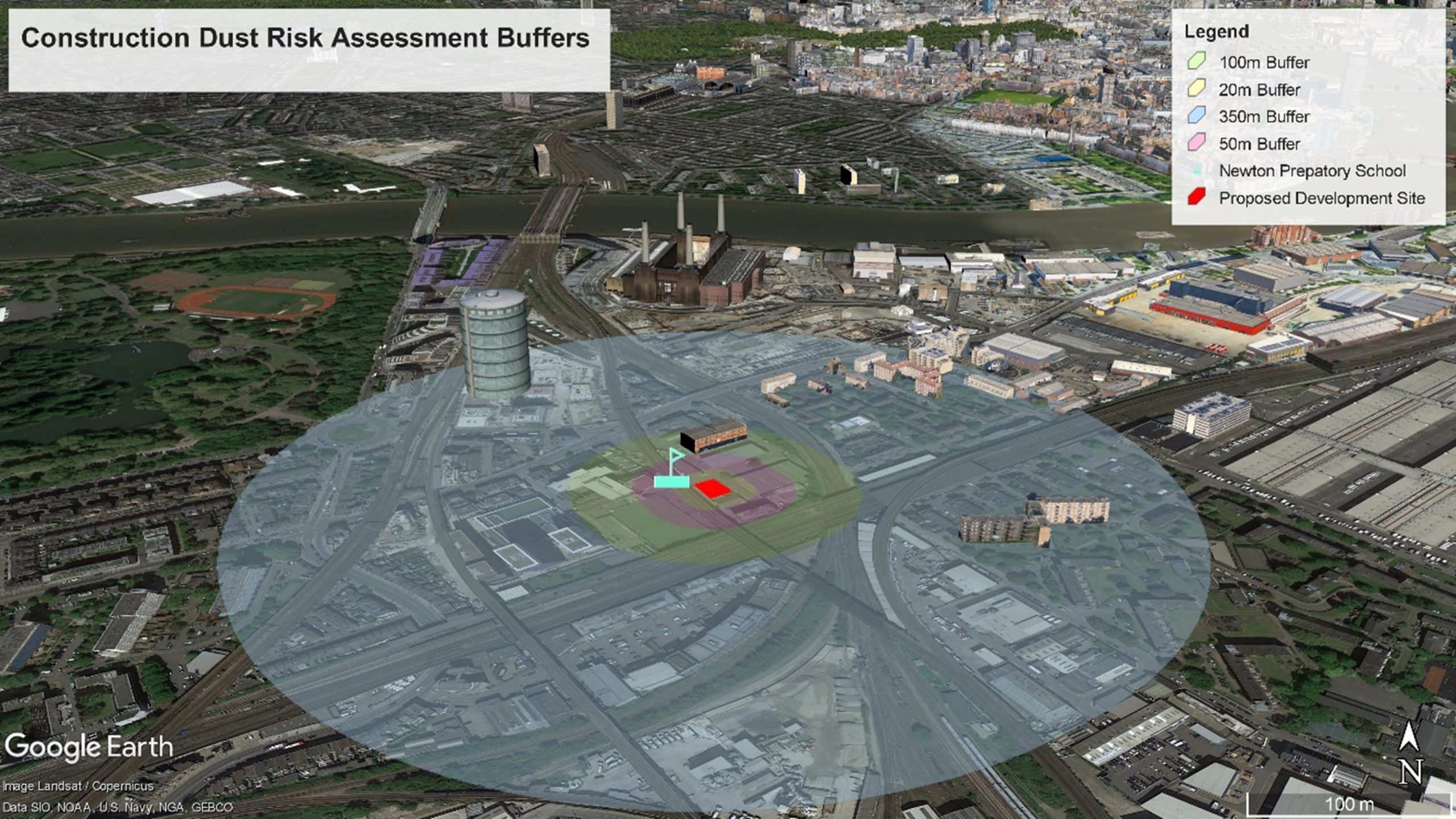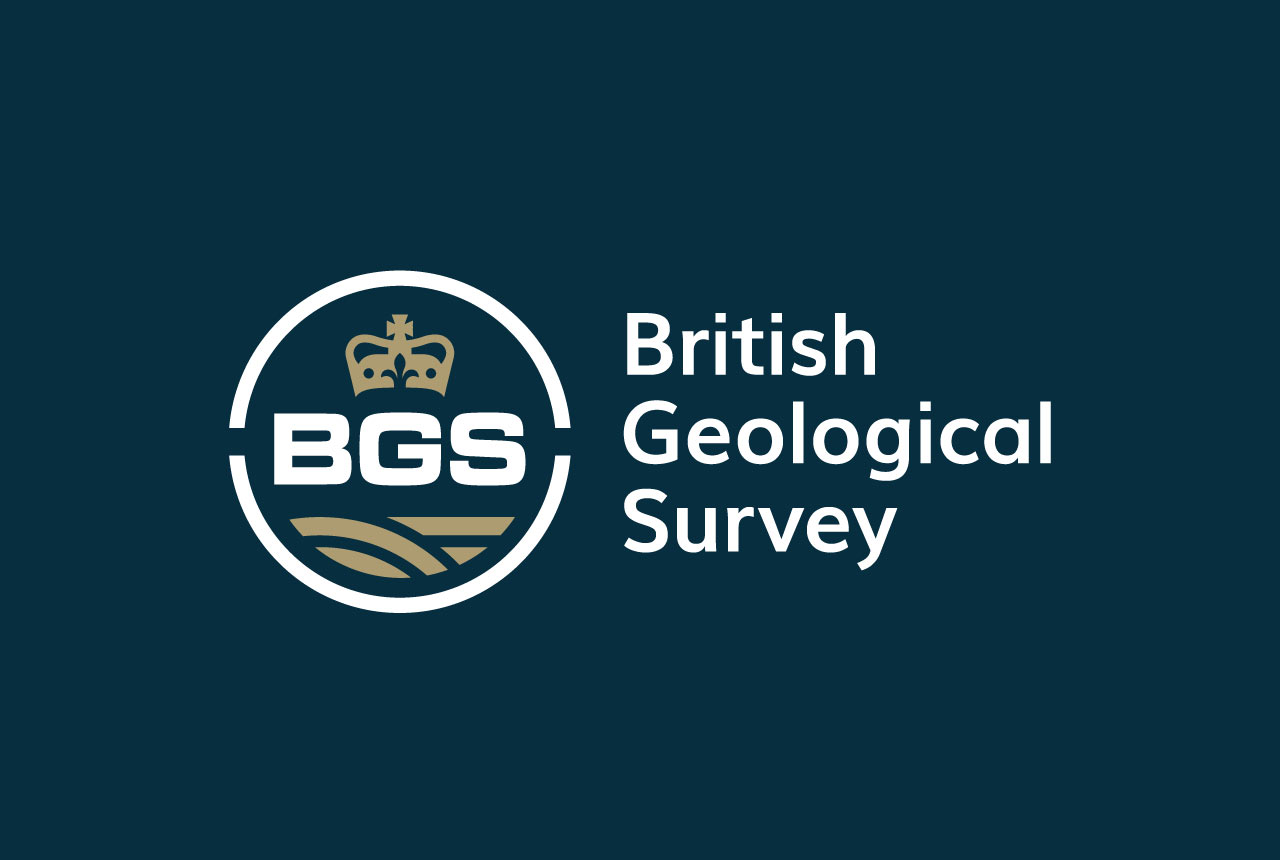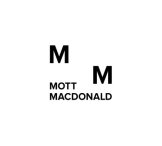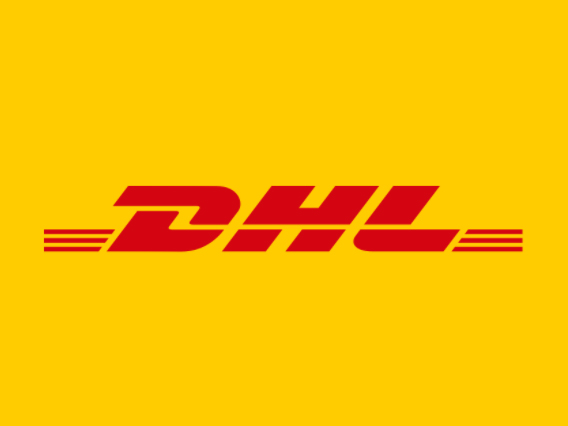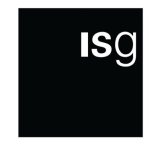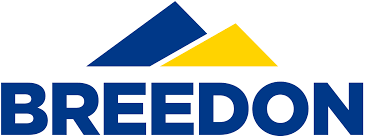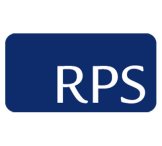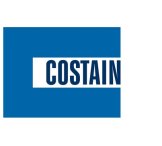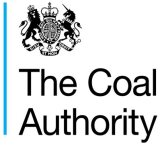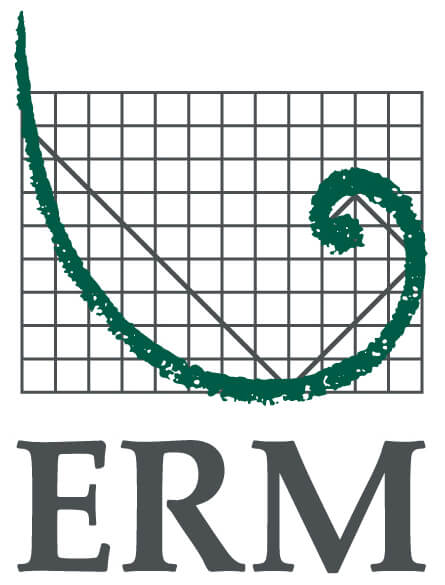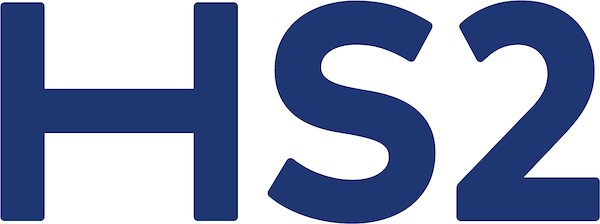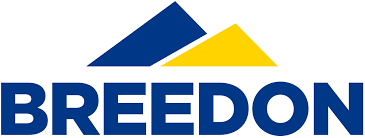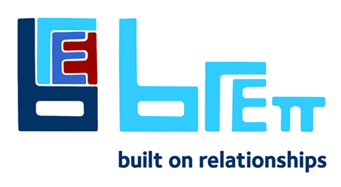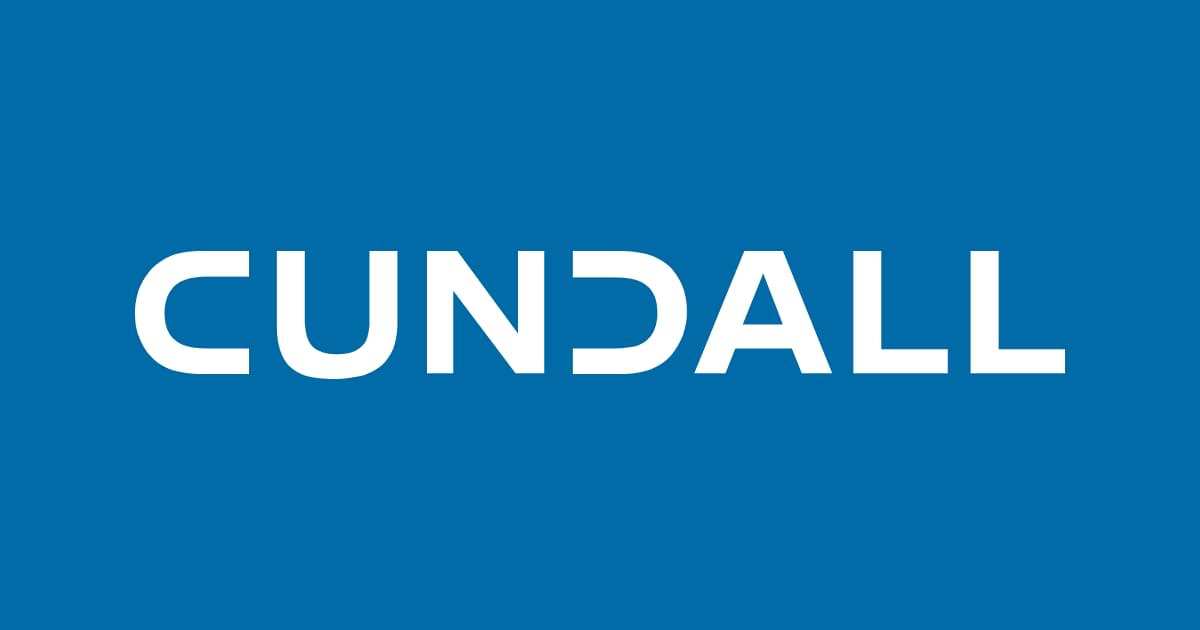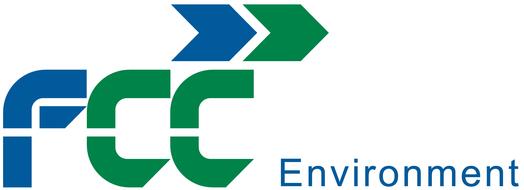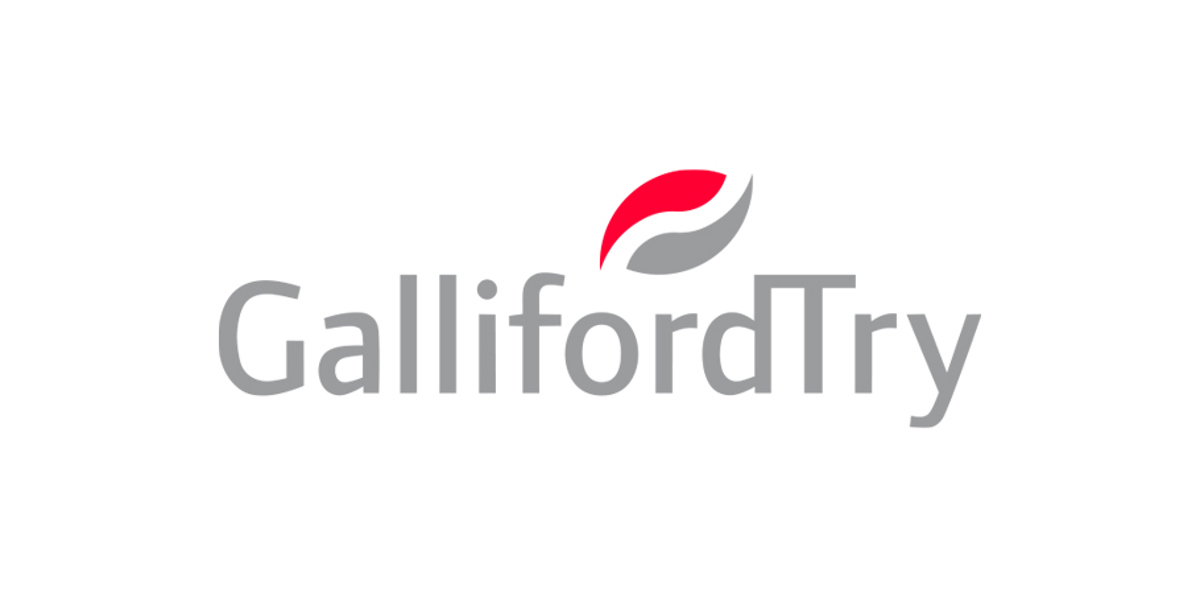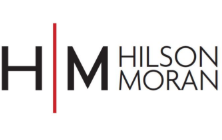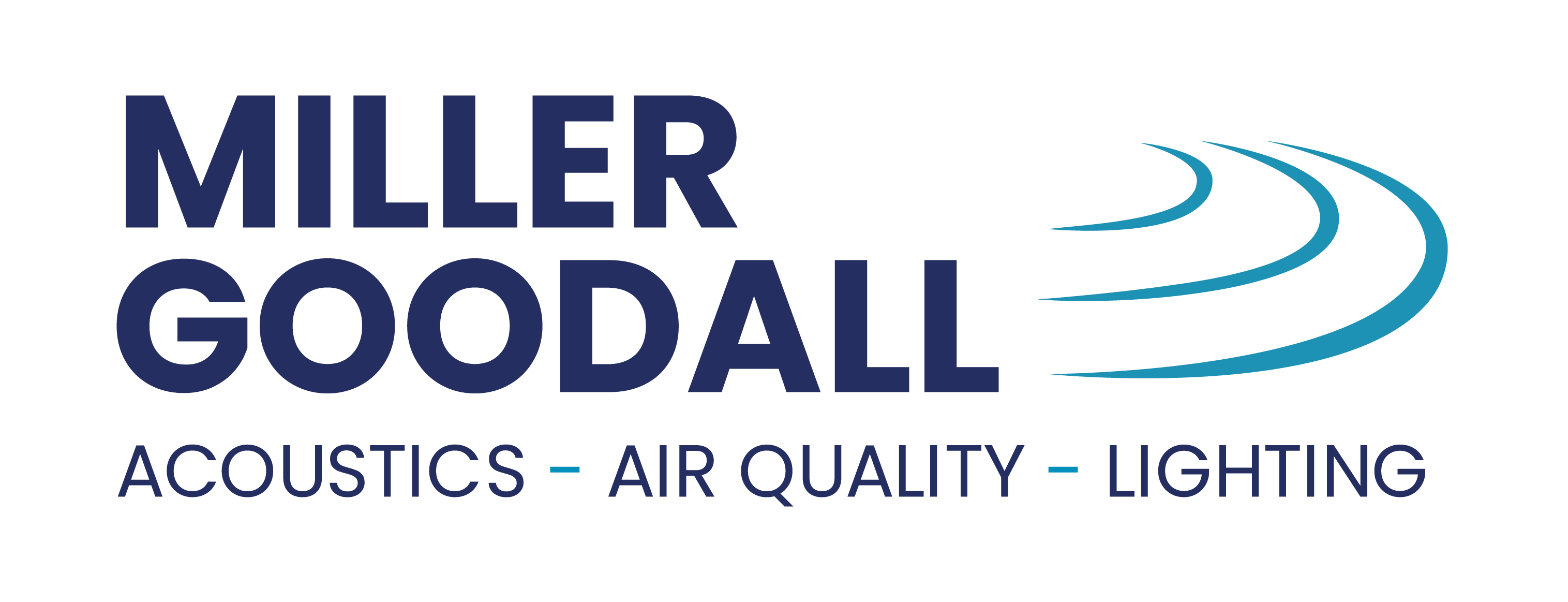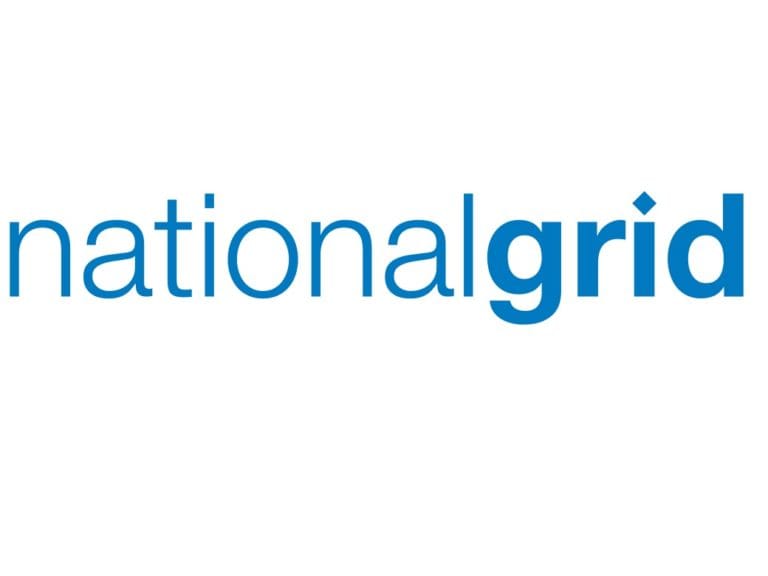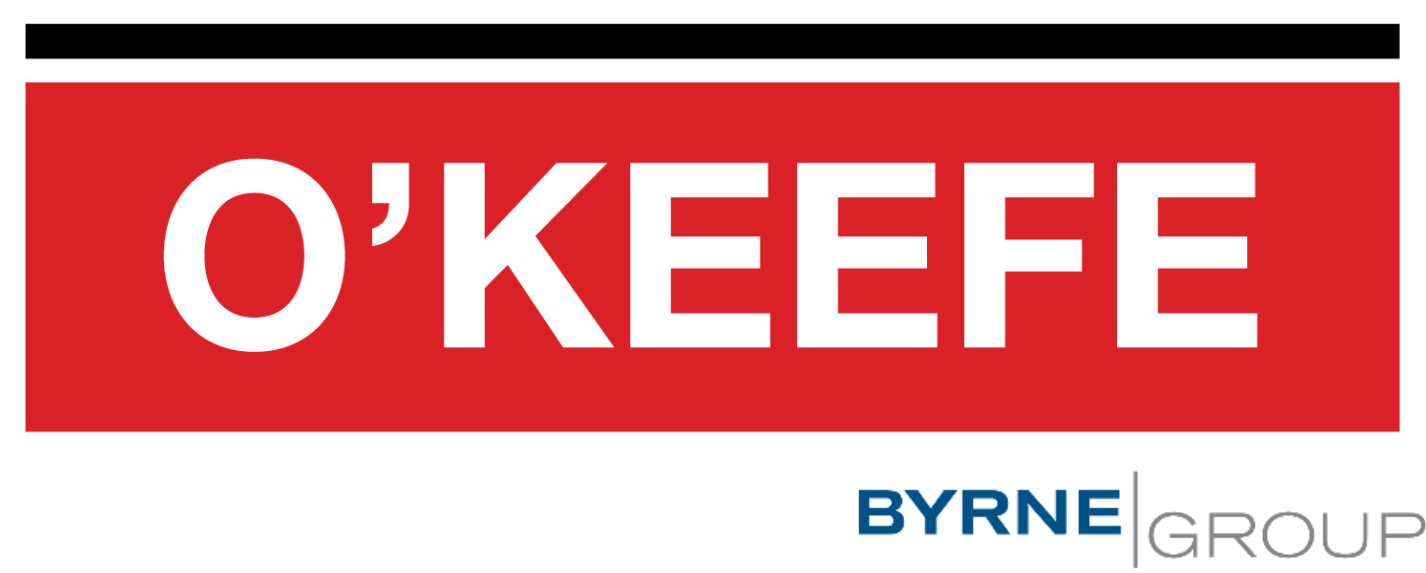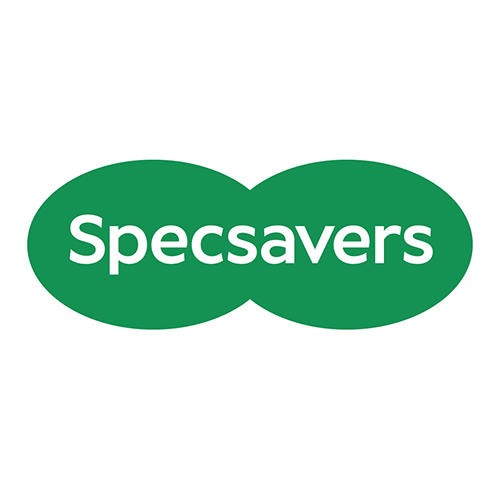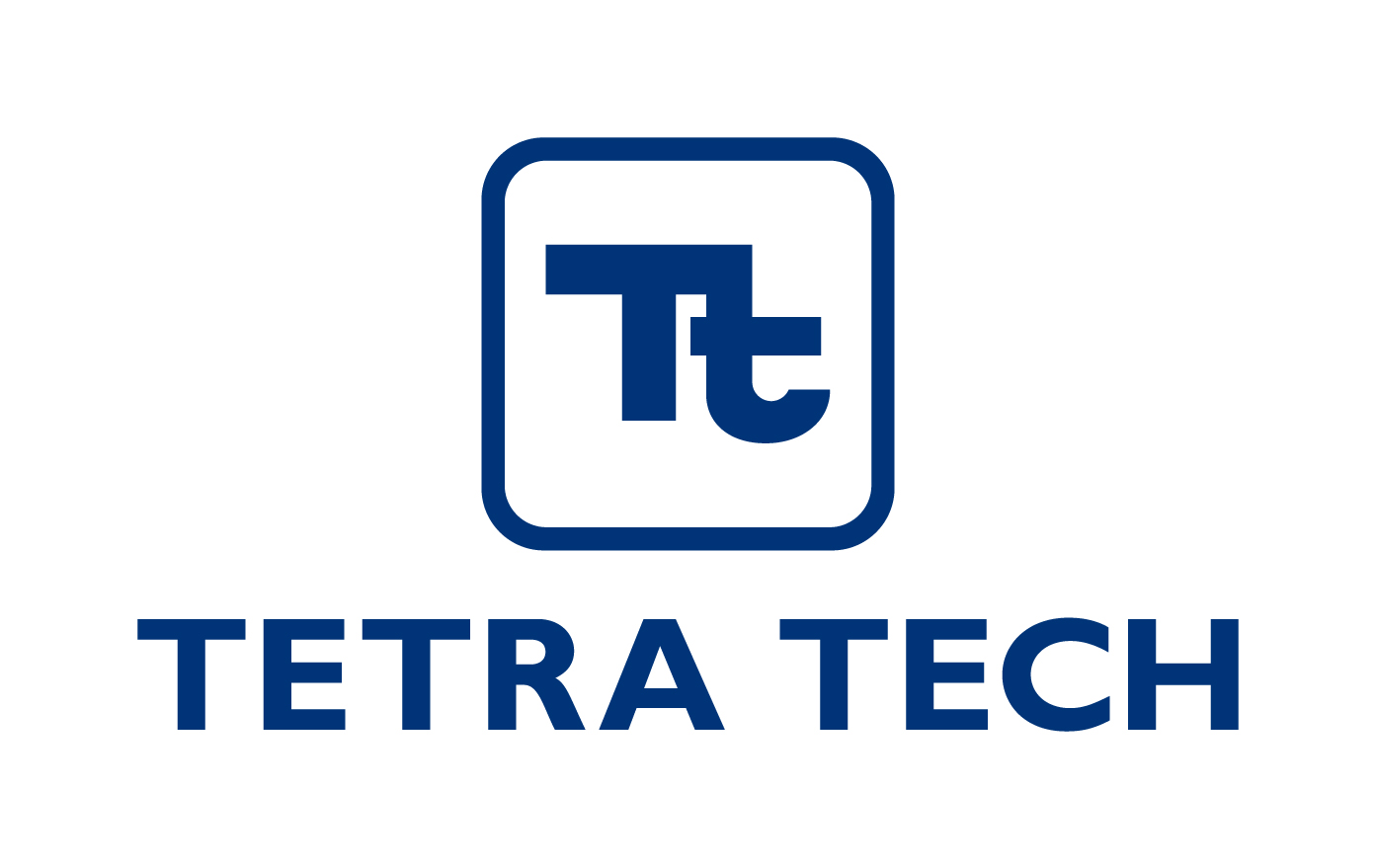Dust Monitoring
DustScanAQ provides low-cost, easy-to-use dust monitoring equipment and professional dust monitoring services. Our dust monitoring equipment has many applications and is frequently used at a variety of industrial sites, including construction and demolition, mineral extraction, handling and processing, sawmills, and waste and recycling.
Types of monitors
We have three types of passive dust monitors which are used to monitor potential dust nuisance/annoyance impacts:
- The DustScan DS100 directional dust monitor is used to collect fugitive dust in horizontal flux from 360° around the sampling head using a sticky pad. The sampling head consists of a cylinder which sits on top of a peg that is aligned to north during installation. This dust monitor is often used for ‘fence-line’ site boundary monitoring and to determine the direction/s from which dust has arisen and is propagating.
- The DustScan DustDisc dust monitor is used to collect and assess dust settlement/deposition rates using a horizontally affixed sticky pad. It can be post-mounted or bracket-mounted for a quick, easy, discrete installation.
- The DustScan DS100-D combines the DS100 directional dust monitor with the dust settlement (DustDisc) sampler. This post-mounted dust monitoring equipment is frequently used at site boundaries as well as off-site/proxy receptor locations.
The dust monitoring and analysis methodology is referenced in the IAQM guidance. The passive dust monitoring equipment is easy to install and all use sticky pad samplers. Two sets of ‘sampling heads’ are supplied with each dust monitor and should be swapped over on a weekly or fortnightly basis. The ‘used’ sampling equipment is then sent to DustScanAQ for analysis and the sampler is returned with a new sticky pad ready for the next sample changeover. This allows for continuous monitoring.
Samples are analysed using bespoke in-house software for absolute area coverage (AAC% – the percentage of the sample covered in dust) and effective area coverage (EAC% – the darkness of the dust soiling), both of which affect the potential for dust nuisance. The reports are emailed across to clients following completion of the analysis.
Monitors
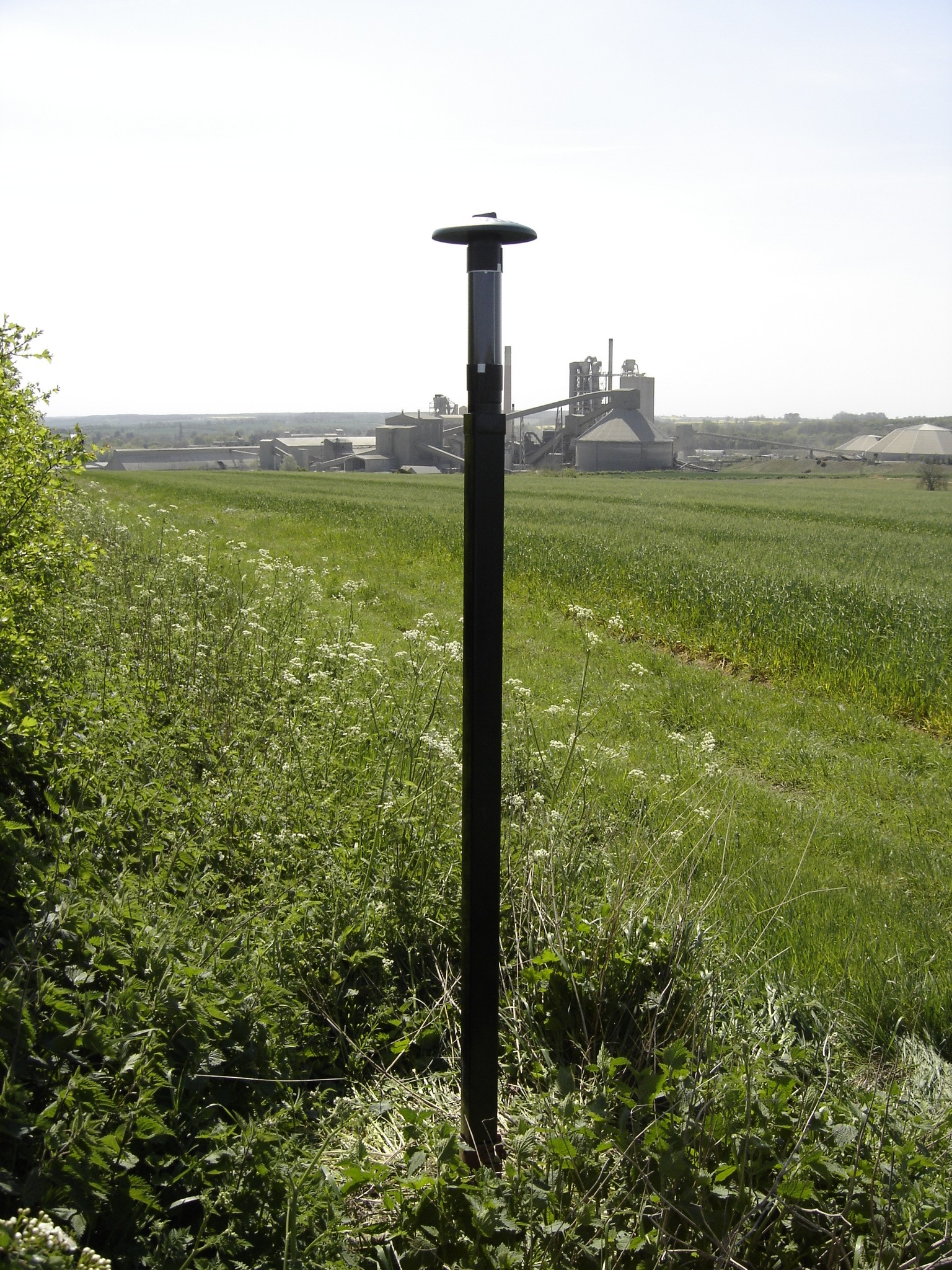
The DustScan DS100 is a directional dust sampler which collects fugitive dust in horizontal flux from 360° around the sampling head using a sticky pad. The directional dust sampler is often used for ‘fence-line’ site boundary monitoring and to determine the direction/s from which dust has arisen. The collected dust is measured using DustScan’s unique software to determine dust coverage (AAC) and dust soiling (EAC); these measurements are expressed as percentages and are noted in IAQM guidance. Subsequent analysis can be carried out if needed to characterise the sampled dust.
DustScan DS100 sticky pad gauges are extremely difficult to tamper with. It is quite evident if dust has been thrown onto sticky pads or if attempts have been made to remove collected dust.
The gauge is robust, inexpensive and easy to install and operate in all weather conditions without a power supply.
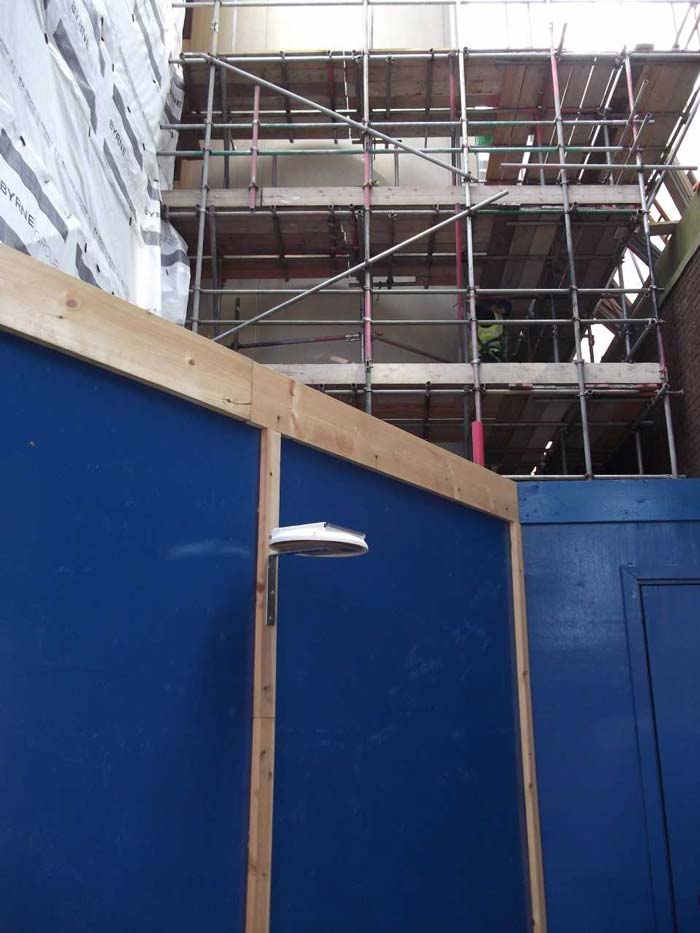
The DustScan DustDisc is an innovative low-cost dust settlement sampler. It is composed of a horizontal sticky pad in a convenient handling case that slides into a bespoke sampling head.
DustScan DustDiscs are used to measure dust deposition either as a stand-alone dust settlement sampler or in conjunction with other DustScan gauges.
When combined with a DustScan DS500X-D PM10 gauge, dust settlement, dust flux and gravimetric PM10 concentrations can be monitored in one installation. This unit is also ideal for comprehensive site boundary monitoring when combined with a DustScan DS100 sampler (a DS100-D).
DustScan DustDisc options available are:
- DustDisc-B – A stand-alone dust settlement sampler, supplied with a mounting bracket for attachment to site hoardings, lampposts, etc
- DustDisc 1.7 – As above but supplied with a 1.7m mounting post instead of a bracket
- DS100-D – A combined, post-mounted directional and depositional sticky pad dust gauge
- DS500X-D – A combined directional and depositional dust and gravimetric PM10 sampler
- DustDisc upgrade – Compatible with either the DS100 or DS500X gauges
DustScan DustDisc samplers are less expensive and easier to use than other dust deposition monitors, such as Frisbee gauges, and can be readily transported using standard postage.
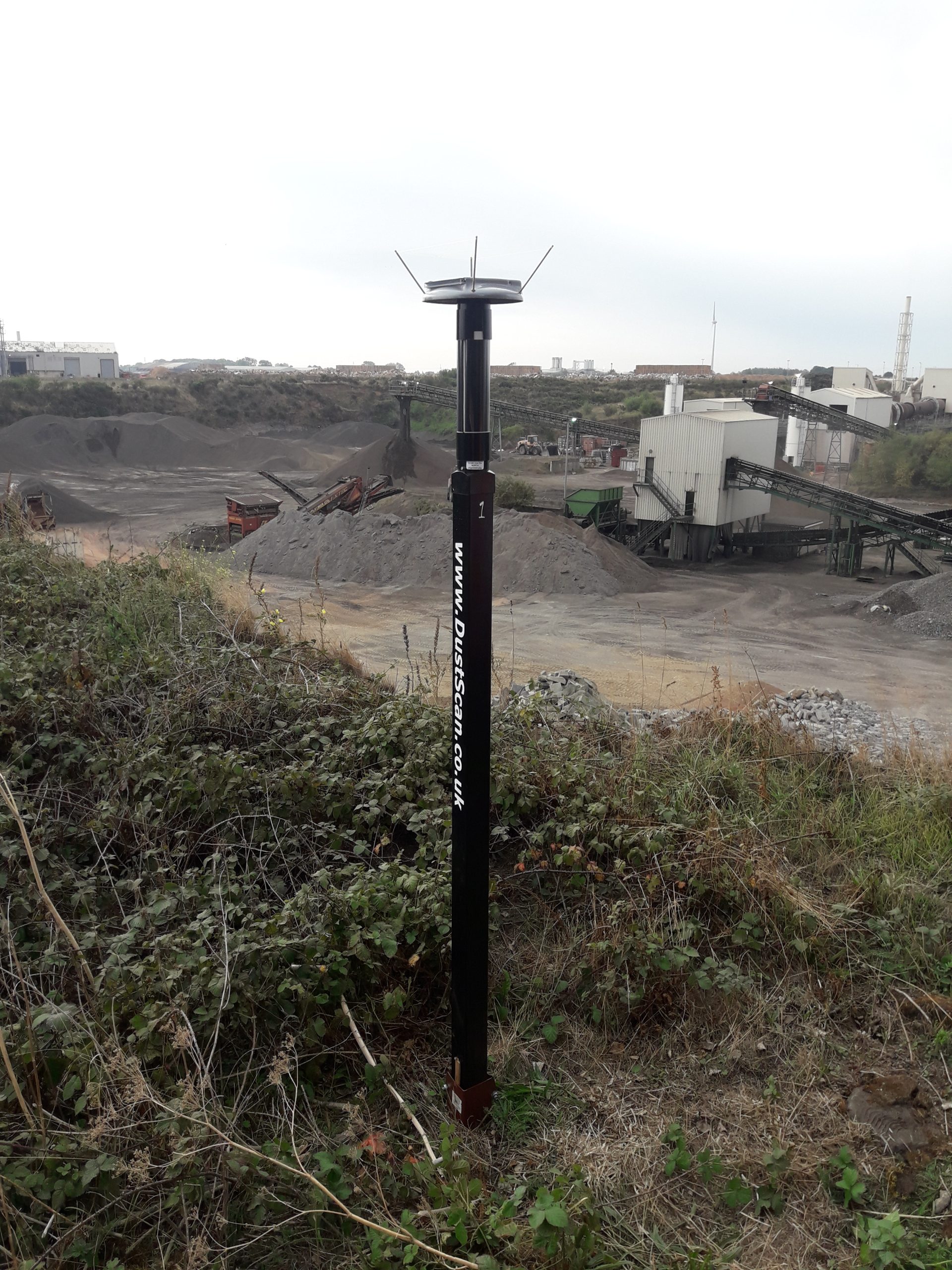
The DustScan DS100-D is a combined directional and deposited dust sampler.
The unit combines the DS100 sticky pad directional dust gauge with the DustDisc dust settlement gauge by replacing the standard DS100 rain gauge with a DustDisc holder and bird-strike guard.
The directional and deposited dust sampler collects dust in horizontal flux from 360° around the sampling head as well dust depositing out of the air. The DustScan DS100-D can be used for monitoring on site boundaries or at receptors. The collected dust is measured using DustScan’s unique software to determine dust coverage (AAC) and dust soiling (EAC); these measurements are expressed as percentages and are noted in IAQM guidance. Subsequent analysis can be used on the DustDisc to determine the mass of material and calculate the dust deposition rate. If required, deposited or fugitive dust may be further investigated using microscopic or other analytical methods.
Sampling periods should be regular and uniform in order to deduce useful information.
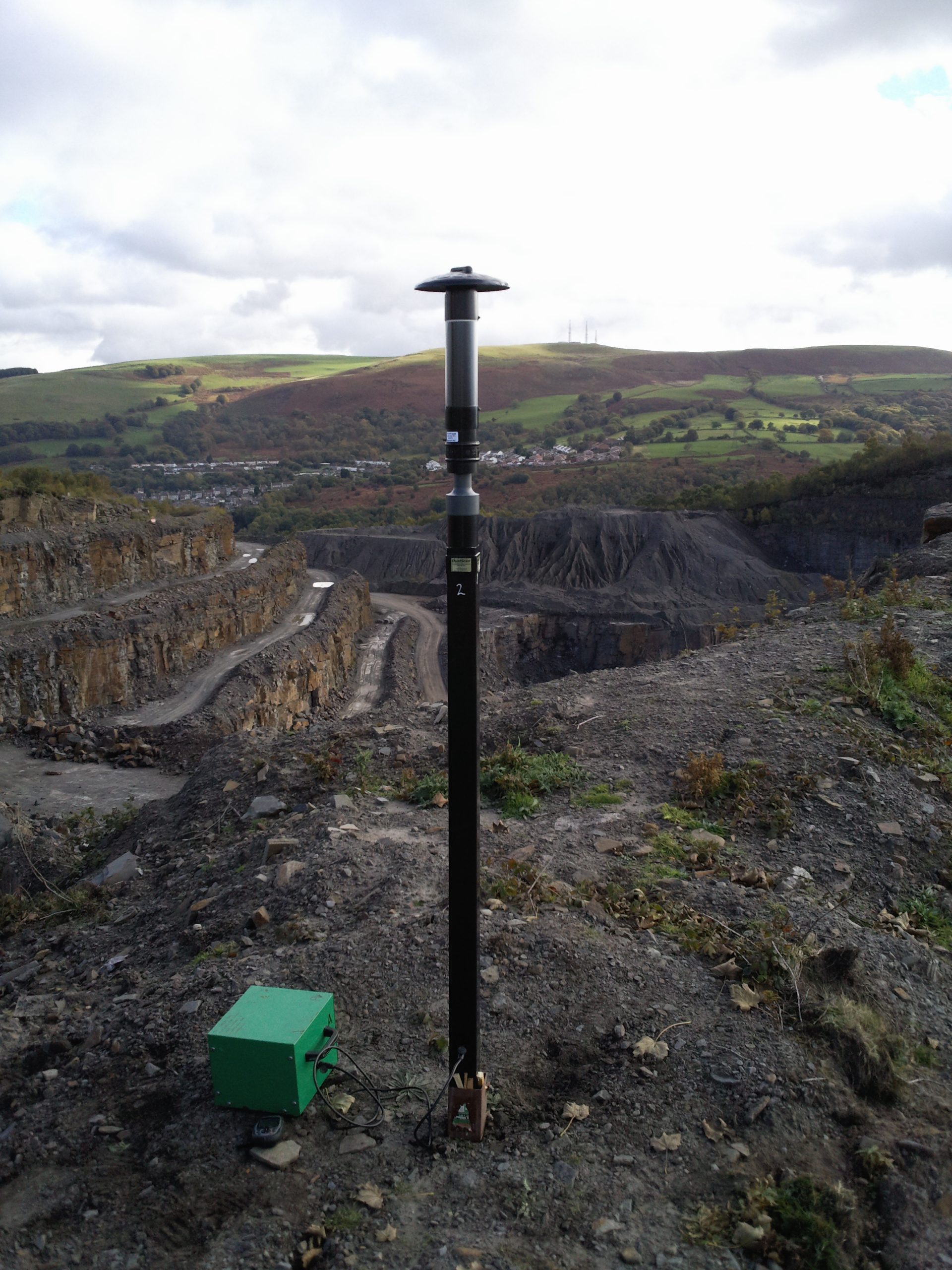
The DustScan DS500X is a low-cost flexible method for ambient, outdoor dust and fine particulate monitoring.
It combines the standard DustScan DS100 directional sticky pad dust gauge and a battery-powered, filter reference, gravimetric PM10 sampler in one unit for simultaneous monitoring of dust flux and airborne particulates. A stand-alone PM10 sampler option is also available, and it can also be supplied with either a PM4 or PM2.5 size selective inlet.
The PM10 sampler is not a “reference” method or a real-time indicative particulate monitor. It is an entry-level device that utilises a certificated PM10 size-selective inlet impactor system and collects physical samples of dust. The sampler is programmed to run at 5 l/min continuously for 7 days so that the PM10 sampling interval coincides with the recommended sticky pad sampling duration. This means that installations only need attending once a week by site staff.
The sampler can be powered by a mains connection but has been specifically designed to utilise 12v batteries. Batteries allow the DS500X to be installed in remote locations where a mains power supply is unavailable.
The DS500X utilises the same directional components as the DS100 gauge (see the DS100 product pages for information about the directional sticky pad component of the DS500X). The PM10 sampler unit is housed inside the gauge post. 2 batteries are provided with each gauge to allow for continuous sampling which are housed in weatherproof boxes.
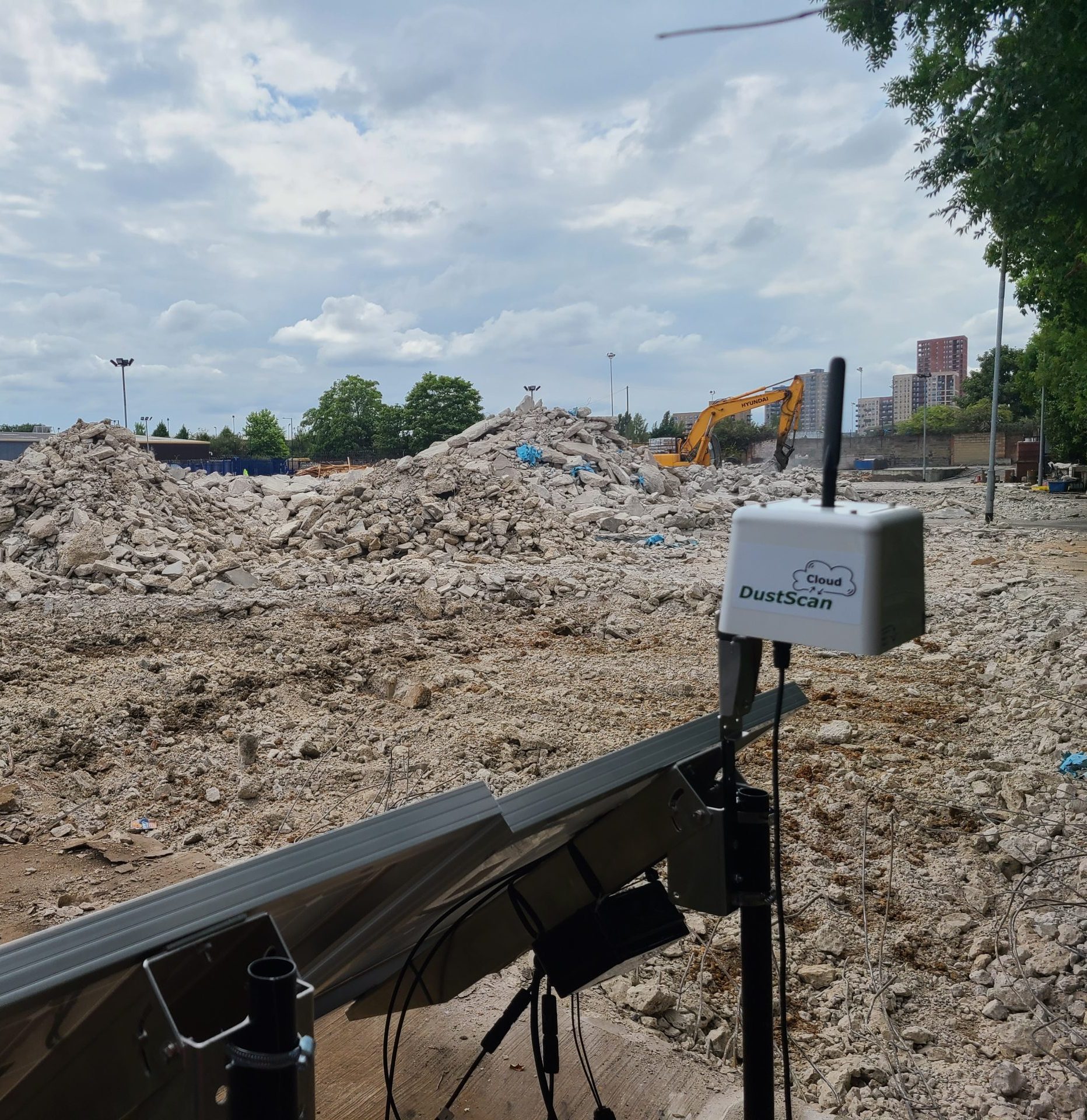
The DustScan Cloud monitoring service utilises the products and data management platforms of a variety of real-time monitor manufacturers.
We work with our clients to specify and source the most appropriate equipment for their individual monitoring applications.
This includes measurement and reporting in real-time for PM1, PM2.5 and PM10, deriving particulate mass concentration in microgrammes per cubic metre of air (µg/m3).
Monitors typically send data to the cloud (internet), and can be designed for low electricity consumption to be run off-grid using solar panels. Data can be viewed and managed via an internet interface, or sent to other data management software.
Equipment we supply can meet the criteria for fence-line PM10 monitoring set out in the:
Applications
Examples of typical dust monitoring equipment applications include:
- Routine site performance monitoring and assessing the effectiveness of suppression measures
- Establishing baseline dust levels prior to a development
- Compliance monitoring during construction and/or operation
- Investigating allegations of dust nuisance at potential receptors
- Locating fugitive dust pathways and sources
- Dust source apportionment and dispersion/mapping investigations
The dust monitors are supplied with full installation instructions. We can also provide professional installation. Dust monitoring also provides us with physical samples for dust characterisation work to investigate the types of dust particles present and their potential source/s. For more information on our analytical services, please visit our Dust Characterisation page.
DustScanAQ also provides equipment to monitor ambient concentrations of fine particulate matter (PM). The DS500X is a filter reference PM monitor that uses a size-selective inlet impactor. The monitors can be supplied with a PM10, PM4 or PM2.5 size-selective inlet. These samplers can be powered by a mains connection but have been specially designed to utilise a 12v battery. The DS500X uses the same external components as the directional dust sampler (DS100) with the sampling pumps housed inside the gauge. It is frequently combined with our sticky pad monitoring equipment so a single installation can monitor fine particulate matter as well as directional and depositional dust.
DS500X Methodology
A physical sample of the size fraction (e.g. PM10) is collected onto a pre-weighed filter inside the sampling pumps. Similar to the sticky pad dust monitoring equipment, the pumps are swamped over every 7 days by the client with the used pumps returned to DustScanAQ for analysis. Filters are pre and post conditioned in a controlled laboratory environment.
The inferred 24-hour average concentrations (expressed in µg/m3) are calculated using the net mass of material on the filter, the run duration (programmed to not exceed 7 days unless otherwise agreed) and the flow rate of 5 l/min. Different filter papers can be used so further analysis can be carried out to investigate the materials present in the fine particulate matter such as ICP-OES on PM10 filter papers to investigate the contribution of a specific source on local PM10 concentrations. XRD is often carried out on filter papers from samplers using the PM4 impactor to investigate the ambient concentrations of respirable crystalline silica (RCS).
The DS500X is not a real-time “reference” method however DustScanAQ also provide real-time PM monitoring for compliance. For more information on our real-time PM monitoring, please visit our Air Quality monitoring page.

Kerstin Macdonald
(BSc, REnvTech, AMIAQM, AMIEnvSc)
Technical Services Manager
Discuss your requirements with our Technical Services Manager
If you’d like to learn more about our dust monitoring services and discuss your specific needs, our Technical Services Manager is available for an initial consultation to better understand your requirements.
Please call us on +44 (0)1608 810110 or email Kerstin using the email button below.
Case Studies
The business was formed in 2004
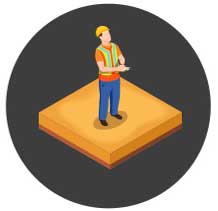
We are employee owned

Over 125,000 samples analysed


